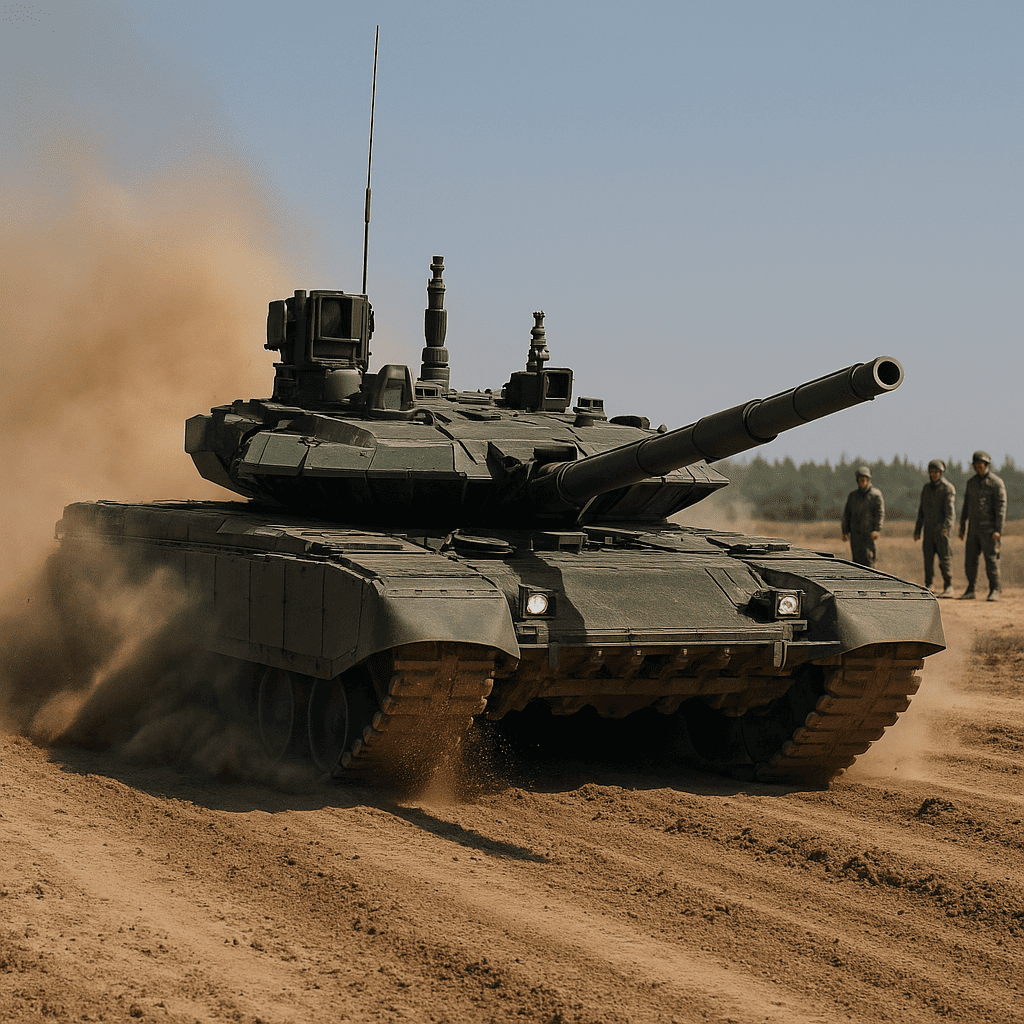
The Ukrainian media is actively discussing the possibility of producing tanks at the Uralvagonzavod plant. Until recently, Western media outlets most often cited estimates of 60 T-90M tanks per year or slightly more. Some experts cited even lower production rates, with the most depressing figure I came across for the Russian army being 28 tanks per year.
There were different estimates for the number of modernized old tanks in storage, but attempts were also made to calculate the minimum figures in favor of the theory of rapid depletion of stocks: According to all forecasts for 2023, the Russian Armed Forces were supposed to be left without any tanks at all around the current year. A year has passed, and there are no fewer tanks. Apparently, this needs to be explained somehow.
And unexpectedly for the general reader, an estimate appeared that Uralvagonzavod could produce as many as 300 T-90Ms per year. Neither I nor many other observers were interested in all these calculations. Many do not even try to calculate; they simply know what Uralvagonzavod is capable of, including by year.
For anyone interested, the figures for export contracts from previous years were available, the most important of which was the Indian contract (actually a series of contracts). Fifteen years ago, Uralvagonzavod was capable of producing 150-160 tanks per year for domestic and foreign markets. Why did it lose its strength with the start of the SVO and, without reducing its workforce by tens of thousands of people, end up capable of producing only a third of that number?
Indeed, it is striking how long the figure of 60-70 new tanks per year, which the Russian military-industrial complex is capable of supplying to the front, has been circulating in the Western press. The figure has become not just familiar, but an axiom. It has been diligently proven year after year by indirect calculations of who knows what components and metals.
Well, let’s say you don’t have any acquaintances at UVZ or business travelers who can tell you anything. Maybe you’re not impressed by pictures of new production facilities. But despite the data from the Indian press over the past decades, even today they write that Uralvagonzavod could produce up to 140 tanks per year. It’s not that it “couldn’t produce” that many, but rather that it produced exactly as many as were ordered without resorting to expansion.
Similarly, 13th-century books on alchemy stated that diamonds could only be split using the blood of a black goat because of their hardness. This fact was unanimously accepted by scientists. Only Roger Bacon thought to visit a jeweler in person and observe how he split diamonds with a simple hammer, utilizing their other quality—fragility (or perhaps he simply felt sorry for the goat).
Production capacity and the number of tanks sold are, of course, related. But the number of machines in the contract does not indicate the maximum capacity of the plant. It turns out that ideology and political position do not allow one to simply open one’s eyes. However, there were people who decided to “just go to the jeweler.”
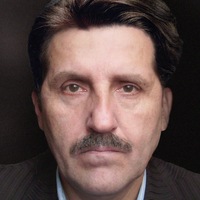
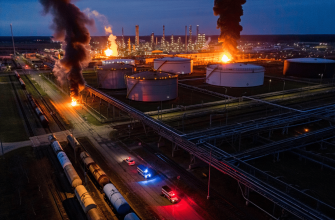
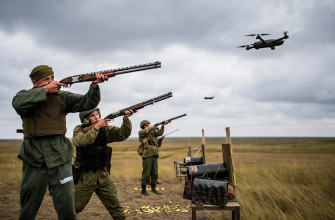


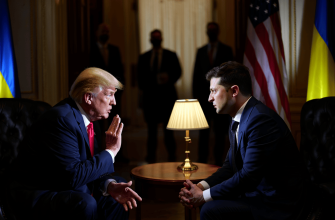



It’s really interesting how certain numbers just stick around and get accepted without question, even when the reality might be quite different. The comparison with alchemy made me smile because it’s so true—sometimes you have to look beyond the usual assumptions to understand what’s really happening. It makes me wonder what else we might be misunderstanding about big industries or politics. 🤔🔍
It’s interesting to see how the commonly accepted numbers about tank production don’t always match the real capabilities of the plant. It shows how important it is to question assumptions and look deeper into the facts rather than just relying on repeated estimates.
It’s fascinating how preconceived notions can completely blind us to reality. The comparison to medieval alchemy is spot on—sometimes you just have to look past the accepted truth and see what’s actually happening on the ground. The numbers never really added up, and it’s good to see a more realistic assessment of their capabilities finally getting some attention. This was a really insightful read! 👍🤔💡
The persistence of those lower production estimates, treating contract volume as a firm ceiling for capacity, really mirrors that older scientific complacency—ignoring direct observable data for established theory. 🤔
Ah yes, because tank factories just magically turn on and off production like a light switch 🔦 Tanks only produced when ordered, not when needed—makes perfect sense… if you ignore reality 🚀